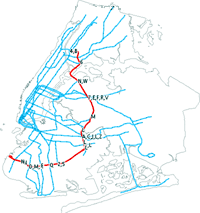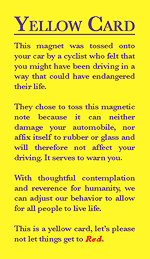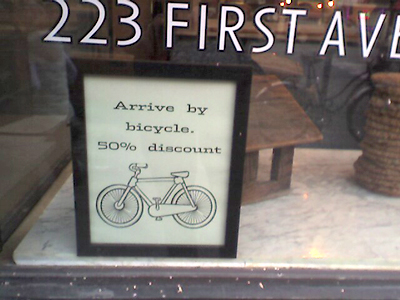transport
 In Venezuela, four-legged mobile libraries, bibliomulas, help distribute books in the foothills of the Andes. (thanks)
In Venezuela, four-legged mobile libraries, bibliomulas, help distribute books in the foothills of the Andes. (thanks) “In its 1996 Third Regional Plan, the Regional Plan Association describes a rapid transit line in Brooklyn, Queens, and the Bronx that could be built almost entirely on pre-existing rail rights of way and would connect with at least twenty existing subway lines. The so-called “Triboro RX” (“TRX” for short) presents a unique opportunity to provide mobility and accessibility to New Yorkers living or working within these three boroughs, at a fraction of the cost of most transit projects of similar size. In my part-time internship at the RPA, which ends today, the lion’s share of the work I have done has focused on fleshing out the idea of this line.” And he did it with mostly open source tools: GPL mapping and GIS software, GPS to digital camera sync, Google Map maship, population and commuter demand modeling... Mike’s data sources and results are up on his TRX wiki.
“In its 1996 Third Regional Plan, the Regional Plan Association describes a rapid transit line in Brooklyn, Queens, and the Bronx that could be built almost entirely on pre-existing rail rights of way and would connect with at least twenty existing subway lines. The so-called “Triboro RX” (“TRX” for short) presents a unique opportunity to provide mobility and accessibility to New Yorkers living or working within these three boroughs, at a fraction of the cost of most transit projects of similar size. In my part-time internship at the RPA, which ends today, the lion’s share of the work I have done has focused on fleshing out the idea of this line.” And he did it with mostly open source tools: GPL mapping and GIS software, GPS to digital camera sync, Google Map maship, population and commuter demand modeling... Mike’s data sources and results are up on his TRX wiki.
Ghost Bikes

Last week, the New York Times ran a sober photo essay on the ghost bikes that Visual Resistance and Time’s Up! have been installing around New York City since June 2005. The bikes are public interventions, a grassroots action in the spirit of graffiti memorial walls. The bikes are painted white and chained near the site where a cyclist was killed by an automobile, along with a plaque with their name and the date they were killed. Several are plotted on this map.
The bikes were inspired by a similar project in St. Louis, and have since appeared in cities across the U.S. and the U.K.
A 2005 report on bicycle fatalities from the New York City police, parks, health, and transportation departments reports that between 1996 and 2005, 225 bicyclists were killed in crashes with motor vehicles. Between 1996 and 2003, 3,462 NYC bicyclists were seriously injured in crashes.While the annual number of serious injuries has decreased, deaths remained steady during the 10-year period.
The statistics show a failure of urban design and policy — 89% of crashes occurred at or near intersections, 92% of bicyclist fatalities resulted from crashes with motor vehicles — as well as the absence of personal equipment: 97% of the bicyclists who died were not wearing a helmet. 74% of the fatal crashes involved a head injury.
While it’s clear that helmets save lives, something else is broken in NYC: of the 3,964 transportation-related deaths in New York City between 1996 and 2005, only 6% were cyclists. Almost half the deaths (49%) were pedestrians.
Incentive
Seen here.


